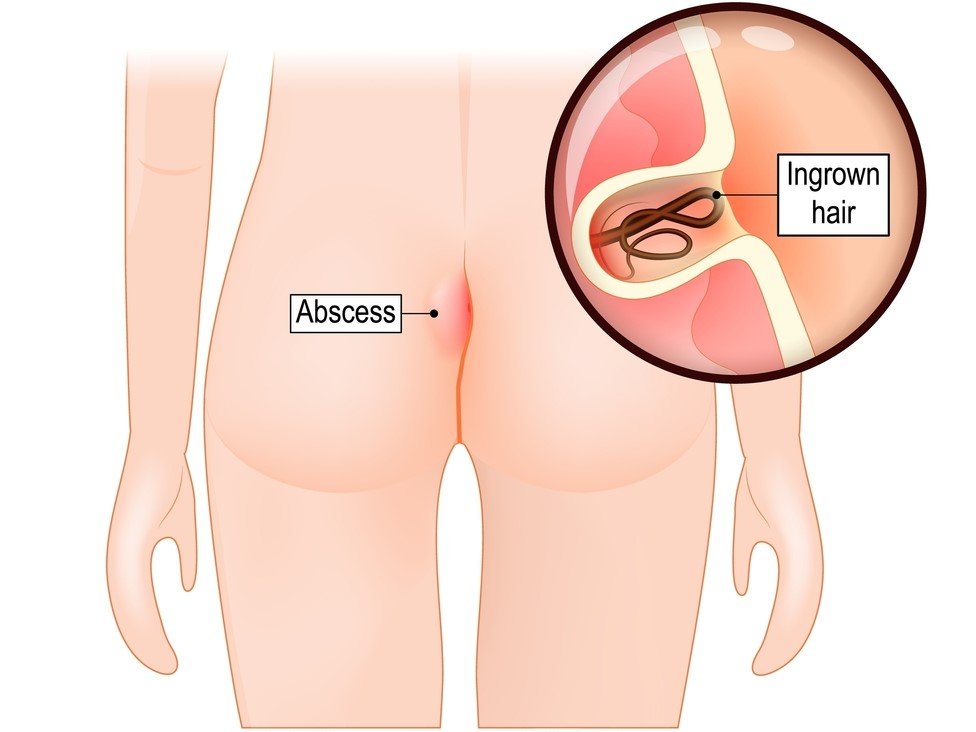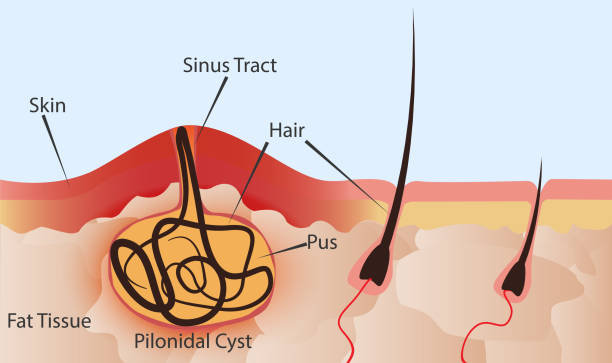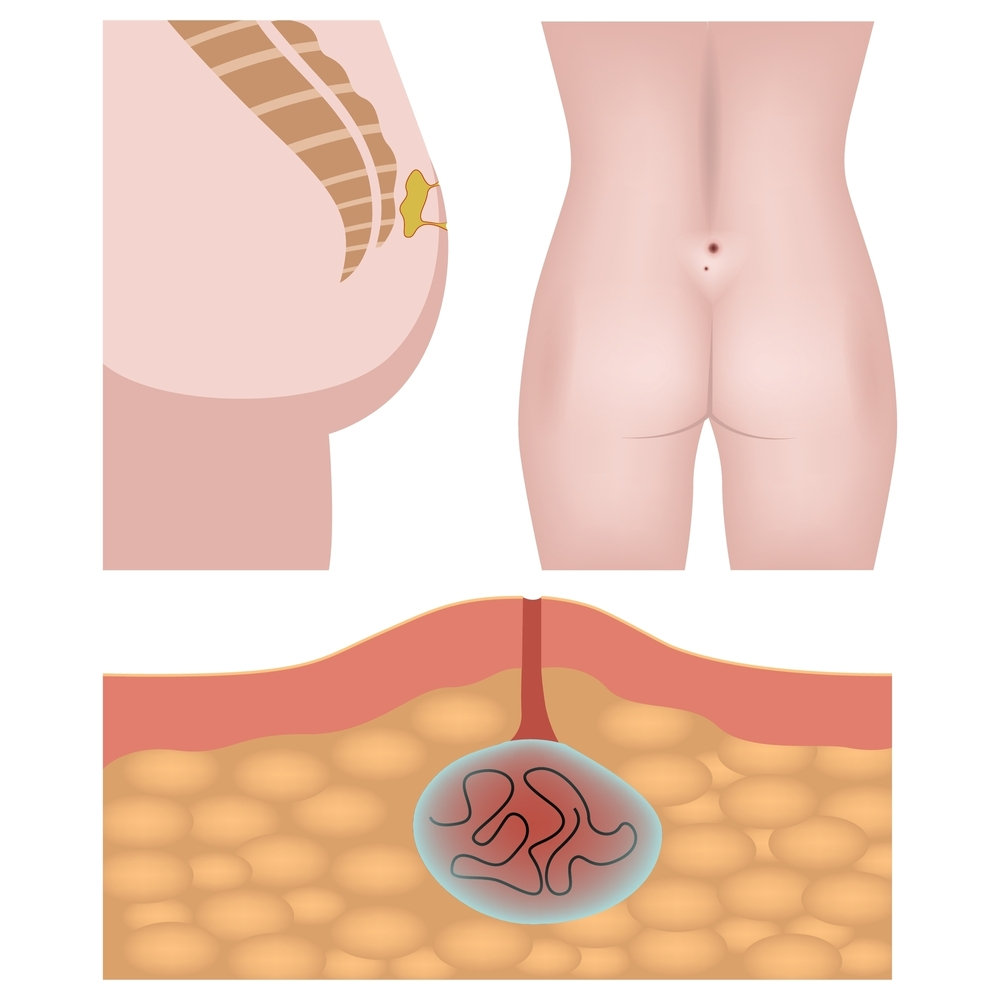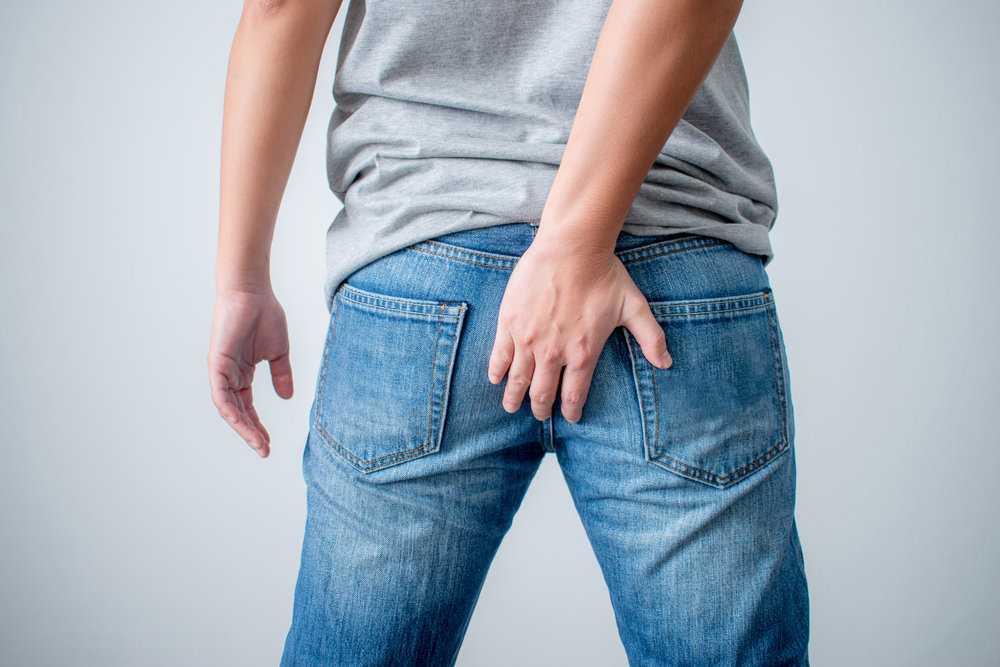The human body is a marvel of complexity, but sometimes, even the tiniest issues can cause discomfort and disrupt daily life. One such issue that often flies under the radar is the pilonidal sinus.
Pilonidal sinus is a relatively common but often misunderstood condition that primarily affects the area at the base of the spine, near the tailbone. Though not life-threatening, this condition can cause discomfort, pain, and infection if left untreated.
When seeking treatment for pilonidal sinus, consulting a specialist with a proven track record is crucial. This is where Dr. Leena Jain, a renowned plastic surgeon in Bandra, Mumbai, steps into the limelight. Her dedication to staying updated with the latest advancements ensures that her patients receive cutting-edge treatment.
From conservative management and surgical interventions to comprehensive aftercare, Dr. Jain’s approach is patient-centric and tailored to individual needs. She has immense expertise in treating pilonidal sinuses, especially in managing the surgical site’s aesthetic and functional aspects.
If you’re looking for the best plastic surgeon in Bandra to address pilo nidus sinus or other plastic surgery needs, Dr. Leena Jain’s reputation and commitment to excellence make her an excellent choice for your medical care.
In this comprehensive blog, we will delve into the intricacies of pilonidal sinus disease – what it is, its causes, symptoms, treatment options, and post-treatment care, while also addressing common questions and concerns.
So, first, let’s know,
What is Pilonidal Sinus?

The pilonidal sinus, often called a “pilonidal cyst,” is a small tunnel or channel that develops under the skin, usually at the top of the buttocks, near the tailbone. This tunnel can become filled with debris, hair, and other foreign materials, leading to infection and forming a hair pilonidal cyst.
The name “pilonidal” comes from the Latin words “pilus” (hair) and “nidus” (nest), accurately describing the condition’s characteristic feature: the accumulation of hair and debris.
Pilonidal Sinus Causes and Risk Factors
The exact cause of pilonidal sinus has yet to be fully understood. However, several factors are believed to contribute to its development. These pilonidal cyst causes may include:
- Hair Follicle Irritation: Friction and prolonged pressure in the buttock area can lead to hair follicles becoming inflamed and infected.
- Ingrown Hairs: Curly hair can sometimes grow back into the skin instead of outward, leading to irritation and infection.
- Congenital Factors: Certain individuals may be predisposed to developing pilonidal sinuses due to genetic factors.
- Obesity: Excess weight and obesity can increase the risk as they can lead to more friction and moisture in the affected area.
- Inactive Lifestyle: A sedentary lifestyle can contribute to the development of pilonidal sinuses.
- Poor Hygiene: Inadequate cleanliness in the buttock area can promote the accumulation of bacteria and debris.
Let’s look at the signs and symptoms of Pilonidal Sinus.
Signs and Symptoms of Pilonidal Sinus

The pilonidal cyst symptoms can vary from mild to severe. Common signs include:
- Pain and Discomfort: Individuals often experience pain, swelling, and tenderness at the base of the spine.
- Redness and Inflammation: The affected area may become red, swollen, and warm.
- Drainage: Pilonidal sinuses can produce pus or other fluids that drain from small openings in the skin.
- Fever: In cases of infection, fever may develop.
Don’t wait – if you recognize these signs and symptoms of pilonidal sinus, book an appointment for effective treatment
Complications Associated with Pilonidal Sinus

If left untreated, pilonidal sinuses can lead to various complications:
- Abscess Formation: The sinus can become infected, leading to the formation of a painful pilonidal abscess.
- Cellulitis: Infection can spread to the surrounding skin, causing a condition known as cellulitis.
- Chronic Discomfort: The recurrent nature of pilonidal sinuses can cause ongoing pain and discomfort.
- Decreased Quality of Life: The symptoms and recurrent infections can significantly affect an individual’s quality of life.
Curious about the treatment and intervention? Let’s walk you through it!
Pilonidal Sinus Treatment and Intervention
Pilonidal cyst treatments vary based on the severity of the condition and individual factors. Dr. Leena Jain, a competent plastic surgeon in Mumbai, can provide tailored recommendations. Common treatment options may include:
Conservative Management:
Mild cases may respond well to conservative measures such as regular cleansing and shaving of the area. Keeping the area dry and minimizing friction can help prevent recurrence.
Incision and Drainage:
A plastic surgeon may perform an incision and drainage procedure for infected pilonidal abscesses. This procedure involves making a small cut to drain pus and alleviate discomfort.
Surgical Excision:
Recurrent or severe cases often require pilonidal cyst surgery to remove the sinus tracts. A plastic surgeon removes the sinus tracts and affected tissue, promoting healing and reducing the risk of recurrence.
Laser Surgery:
Laser pilonidal sinus surgery is a minimally invasive option. Laser energy helps remove the sinus tracts, resulting in less tissue damage and potentially faster recovery.
Dr. Leena Jain, a highly skilled plastic surgeon in Borivali, Mumbai, stays updated with the latest advancements in plastic surgery, including minimally invasive techniques like pilonidal sinus laser surgery. Her commitment to using cutting-edge methods contributes to better patient outcomes.

Outlook for Pilonidal Sinus
The healing time after treatment varies based on the severity of the condition, the chosen intervention and individual factors. Mild cases managed conservatively may heal within a few days. After incision and drainage, patients may experience relief within a week or so.
Surgical excision might require several weeks for complete healing. Laser surgery results in swift recovery compared to other treatment options. However, doctors advise patients to resume regular activities gradually.
Post-treatment Care for Pilonidal Sinus
After any intervention for pilonidal sinus, proper aftercare is essential to prevent recurrence and promote healing:
- Wound Care: Follow your plastic surgeon’s instructions for wound care, including dressing changes and keeping the area clean.
- Avoid Infections: Keep the area dry and practise good hygiene. Use antibiotics prescribed by your doctor.
- Limit Prolonged Sitting: Avoid prolonged sitting to reduce pressure on the healing area. Use cushions or pillows if sitting is necessary.
Dr. Leena Jain provides comprehensive care throughout the treatment journey from diagnosis to post-treatment follow-up. You can trust that you will be in skilled hands every step of the way.

Preventive Measures for Pilonidal Sinus
Preventing pilonidal sinus involves adopting a few lifestyle habits:
- Hygiene: Maintain proper hygiene by keeping the area clean and dry. Regularly wash the area with mild soap and water.
- Shaving: If you are prone to ingrown hairs, consider shaving or trimming the hair in the affected area.
- Weight Management: Maintain a healthy weight to reduce friction and moisture in the buttock area.
- Avoid Prolonged Sitting: Take breaks from prolonged sitting to reduce pressure and friction.
- Regular Activity: Engage in regular physical activity to prevent a sedentary lifestyle.
- Quality Clothing: Wear comfortable, breathable clothing that reduces friction.
Remember, prevention is key. These preventive measures can significantly lower the risk of developing or recurring pilonidal sinuses.
Conclusion
Though often overlooked, pilonidal sinus can cause significant discomfort and complications if left untreated. Awareness of the condition’s causes, symptoms, and treatment options is essential for early intervention and successful management.
Whether through conservative methods or surgical intervention by qualified plastic surgeons like Dr. Leena Jain, pilonidal sinus can be effectively managed, allowing individuals to regain their comfort and quality of life.
If you are seeking a plastic surgery clinic in Bandra for the treatment of pilonidal cyst and sinus or other plastic surgery procedures, it’s important to research and choose a reputable clinic with experienced surgeons like Dr. Leena Jain to ensure the best possible outcome for your medical needs.
FAQs:
Q1: Can pilonidal sinus recur after treatment?
A1: Yes, pilonidal sinuses can recur even after treatment. Proper wound care, hygiene, and lifestyle changes can reduce the risk of recurrence.
Q2: Is pilonidal sinus contagious?
A2: No, pilonidal sinus is not contagious. It is a condition caused by hair growth, friction, and hygiene.
Q3: Can weight play a role in developing pilonidal sinus?
A3: Excess weight can increase the risk of pilonidal sinuses due to increased friction and moisture in the buttock area.

